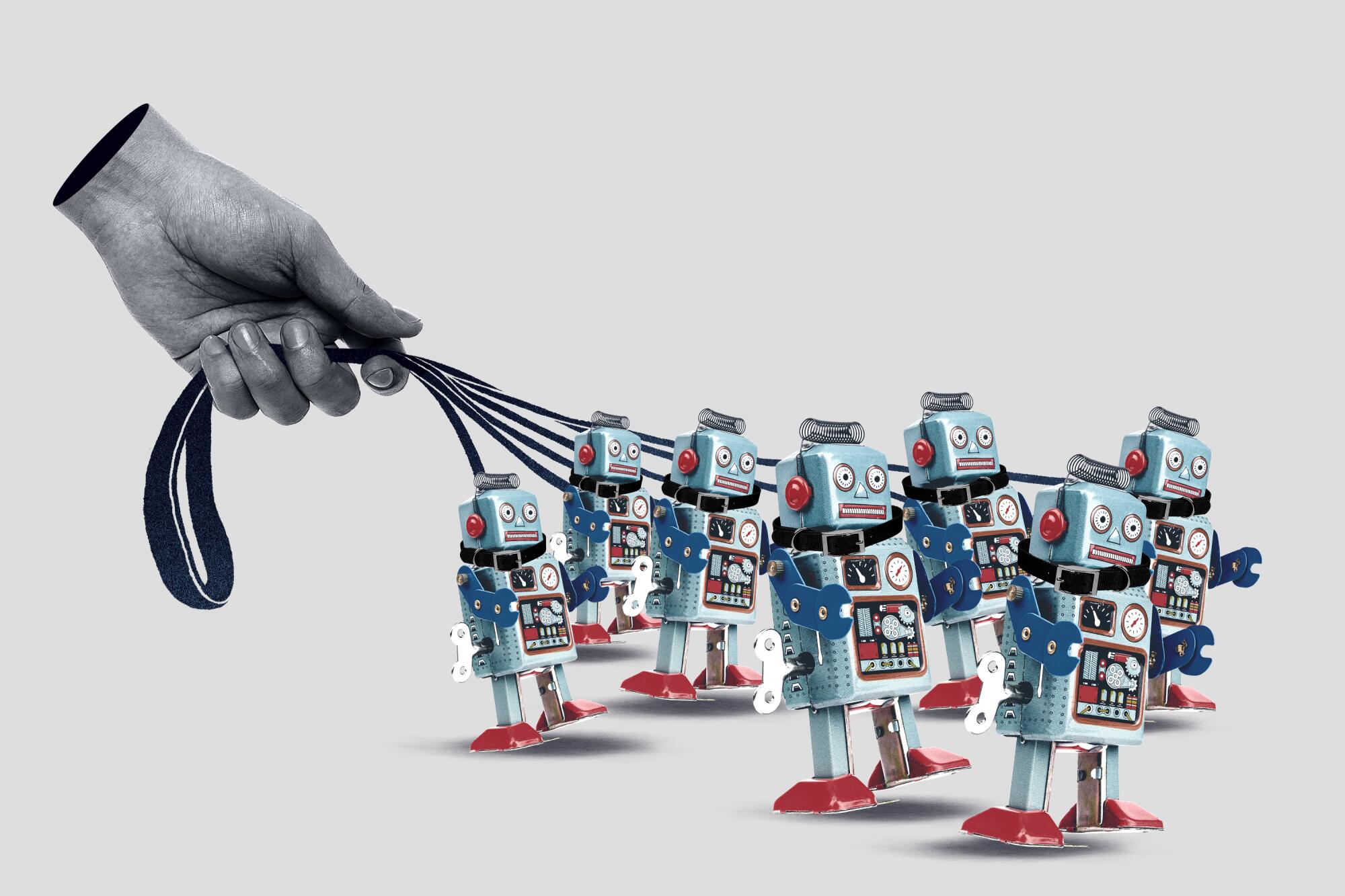[ad_1]
The ‘why’ of blockchain
As a technology, blockchain just stores information – where it gets interesting is in how it does that. A text file, for example, can be password protected and stored on the internet – but its usefulness is limited to people you trust to share the password with and provides a single target for hacking. Once the password is broken, the file can be altered, copied and disseminated so that there is no longer a single source of truth.
In contrast, blockchain allows information to be accessible to anyone, and for it to be amended with integrity – nothing can be added to the blockchain without being validated as legitimate (long story short, the hashes need to match) and the network nodes then agreeing to information being added (via majority consensus).
Even if a hacker tried to suggest false activity had taken place – say by adding a block that claimed cryptocurrency had changed hands, or changing 10 bitcoins to 100 – the rest of the network peers, with different, unvalidated information, would fail to agree on the change and the block would not be written.
This is the game changing ability of blockchain. With inbuilt immutability, the information on a blockchain can be trusted. That’s no small thing. The chain is transparent and forms a traceable ledger of past actions. Third parties, or intermediaries who provide trust by validating information to be true – such as banks, credentialing organisations, insurers, brokers and so on – are no longer needed. The blockchain will verify that a user has the claimed money, the qualification, paid the insurance premium and so on. As a consequence, transactions become faster, and the cost of doing business goes down.
How is blockchain being used
Blockchain has a surprisingly large number of use cases. Here are just a few:
-
Cryptocurrency and payments – Digital currencies are the original use case of blockchain. Bitcoin is the most well-known example of this, but is not the only one (Ether, for example, runs on the Ethereum blockchain). Users can access their cryptocurrency via a virtual wallet. With blockchain, central banks around the world are also exploring issuing national currencies digitally (CBDCs) and new ways of low-fee cross-border payments.
-
Provenance – Blockchain has enormous potential to help organisations verify the sources of their goods and track their movement at every step, strengthening transparency in any supply chain. Fraud, contaminations or counterfeits can be pinpointed immediately, ensuring customer safety and enhancing efforts to be socially and ethically responsible. Food, luxury goods and pharmaceuticals are just some of the areas provenance could be especially useful.
-
Smart contracts – Blockchains that allow for the use of smart contracts – contracts which are automated and self-fulfil when requirements are met – such as Ethererum and Hyperledger, could change the way that contracts are executed and disputes resolved. Smart contracts on blockchains are also enabling the current NFT digital art craze.
-
Tokens – NFTs, or non-fungible tokens, can also be used to represent just about anything as a token. From loyalty cards, brand experiences, restaurant access, event ticketing to sports membership, NFTs can provide exclusive access, and resellability (for instance if you can’t go to the game, or your reservation needs to be changed, a secondary market could enable you to buy and sell your place, legally).
-
Web3 and the metaverse – Being decentralised with no corporate ‘owner,’ blockchain can also be used as an architectural building block (if you’ll pardon the pun). Web3, the predicted next evolution of the internet will, it is argued, be built on blockchain – meaning that everyone will be able to read, write and own the platforms, content and companies that exist there. Web3 is expected to underpin the metaverse.
-
Identity – Blockchain can safeguard valuable personal credentials online, from personal identification, such as driving licences, to professional credentials and certificates, bringing vast cost efficiencies and helping to curb fraud and identity theft.
How to get value on the ’chain
Blockchain is moving from hype to reality as businesses and industries start to understand its use more fully, looking beyond Bitcoin. For companies considering experimenting with blockchain, we encourage you to do so – but make sure you have C-suite support to get from hobby to proof of concept.
With a climate crisis, and ESG reporting on the horizon, environmental issues need to be taken into consideration (certain types of blockchains use large amounts of energy in the consensus/mining process) but at the same time, companies should consider that blockchain can help reduce reliance on other forms of energy-intensive tech.
Finally, where blockchain shines is in its ability to enable cross-organisational industry collaboration, and more of these use cases should be explored for real value.
[ad_2]
Source link





